With O Canada, the experimental filmmaker and visual artist Joyce Wieland (1930–1998) actively responded to one of the new symbolic artifacts adopted by the government of Canada in the 1960s: the maple leaf flag (replacing the British-affiliated Red Ensign) was officially unfurled in 1965, and “O Canada” was officially approved as the national anthem in 1967. Wieland made a number of artworks that adopted or reinterpreted the new flag, as well as this piece, inspired by the new anthem.
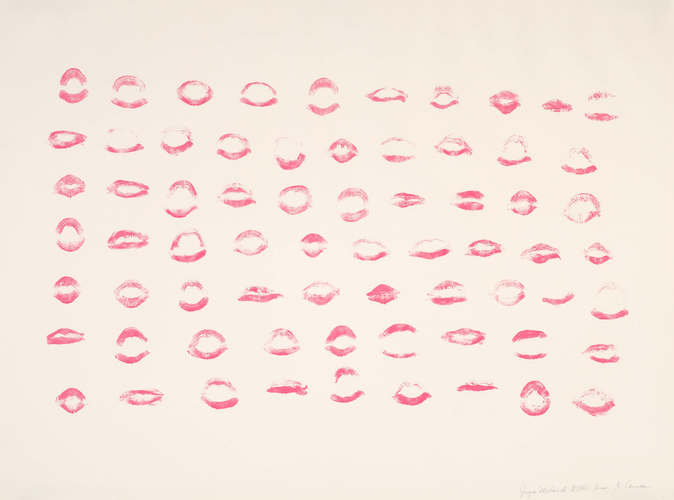
Lithograph in red on wove paper, 57.4 x 76.4 cm, National Gallery of Canada, Ottawa
To make the work Wieland wore bright red lipstick and sang “O Canada” while pressing her lips to a lithographic stone with each new syllable. The resulting print shows rows of lips in various stages of opening and closing. Using the title as an important clue, Canadian viewers will likely feel their mouths twitch in recognition. In effect, this is a kind of interactive art.
Her act of patriotic allegiance was deliberately gendered, moreover: these are female lips, and possibly sexy lips. The art historian John O’Brian remarks that “the print ironically conflates male patriotic love with female erotics, while refusing to collapse the tension between the two.” Instead of taking national identity for granted, Wieland calls on the viewer to reimagine, reclaim, and embody nationhood.
This Spotlight is excerpted from Joyce Wieland: Life & Work by Johanne Sloan.
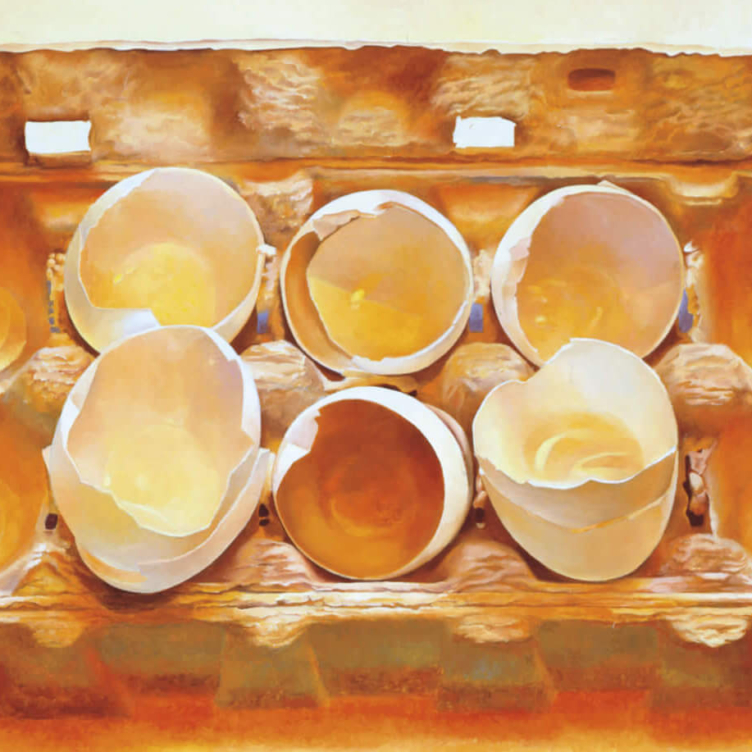 The Weight of Absence
The Weight of Absence
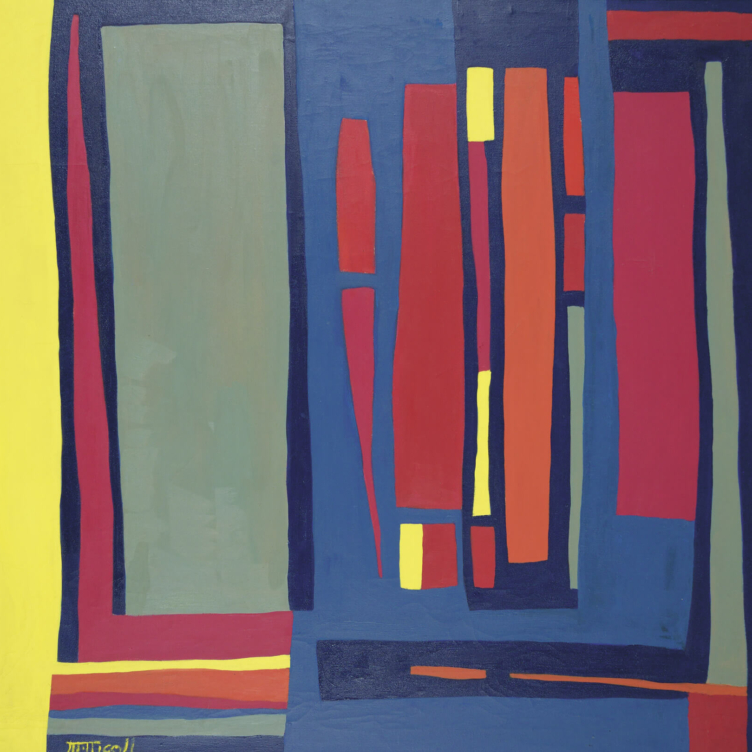 Abstract Alberta
Abstract Alberta
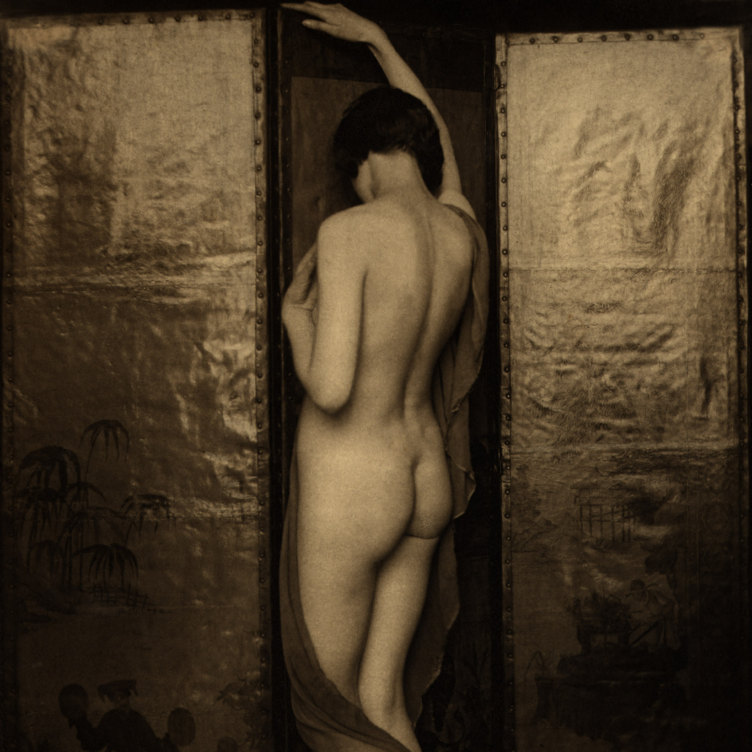 The Art of the Body
The Art of the Body
 Rococo Riff
Rococo Riff
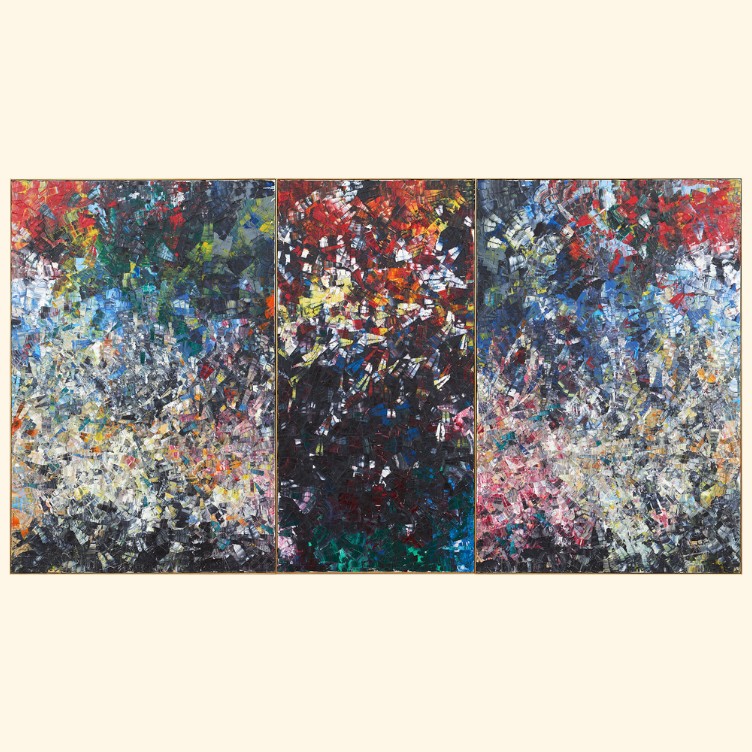 In Memory of Monet
In Memory of Monet
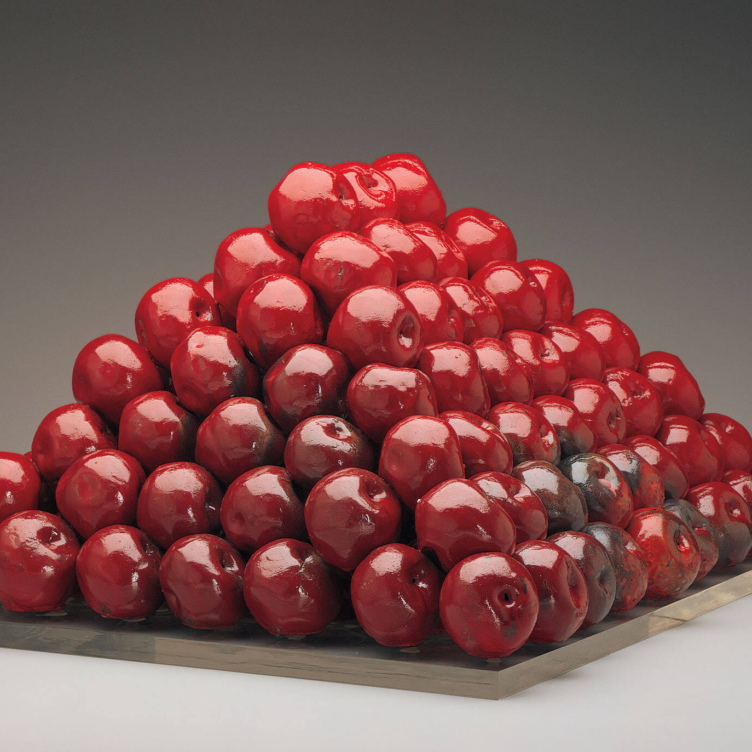 Pyramid Scheme
Pyramid Scheme
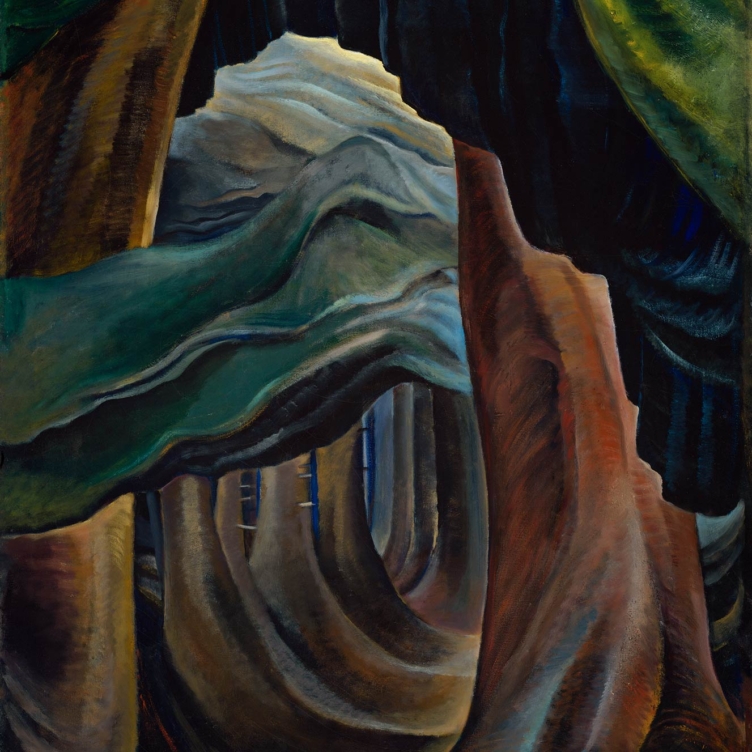 Transportive Trunks
Transportive Trunks
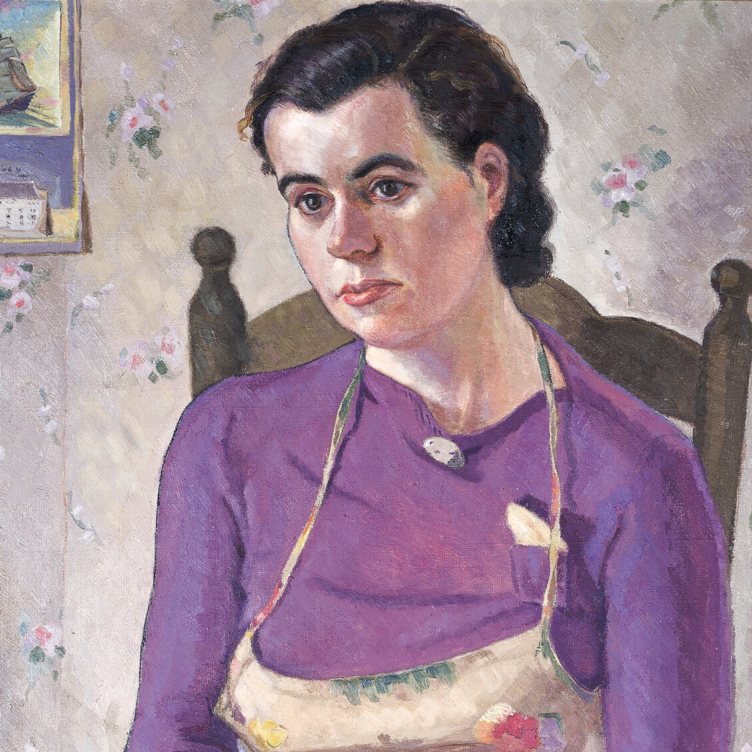 The Military Mate
The Military Mate
 Looking Up on the World
Looking Up on the World
 Vessel of Despair
Vessel of Despair
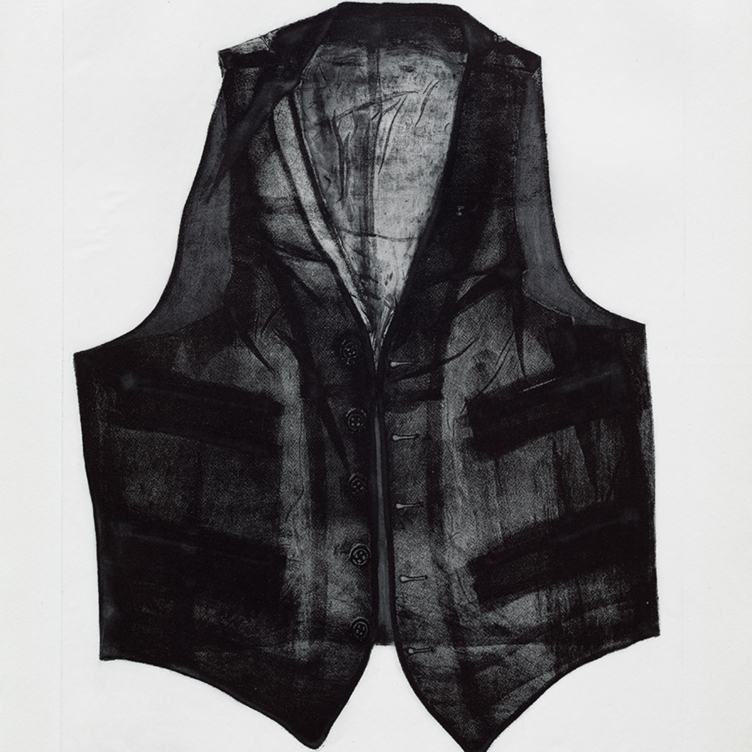 Layers of Meaning
Layers of Meaning
 In Parallel to Nature
In Parallel to Nature
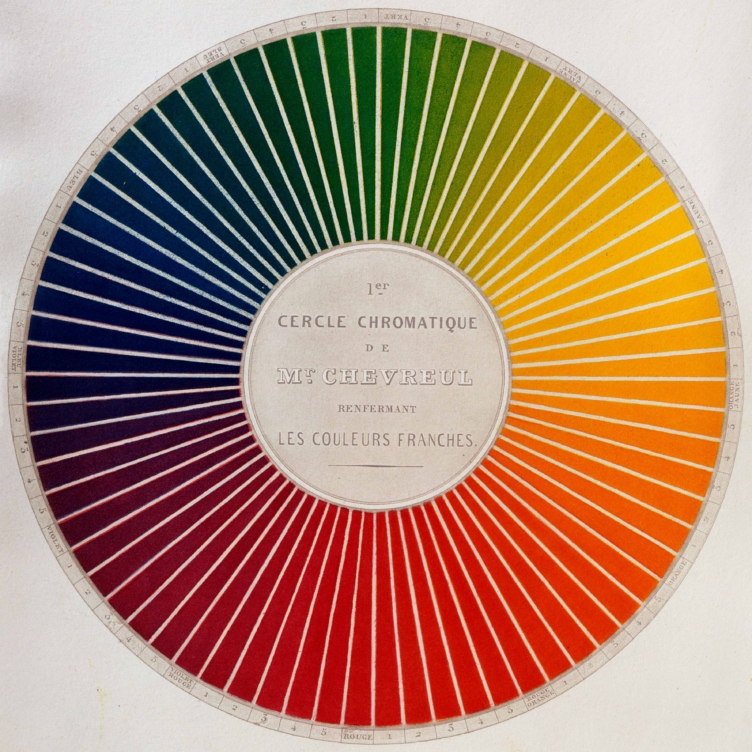 Wheel of Fortune
Wheel of Fortune
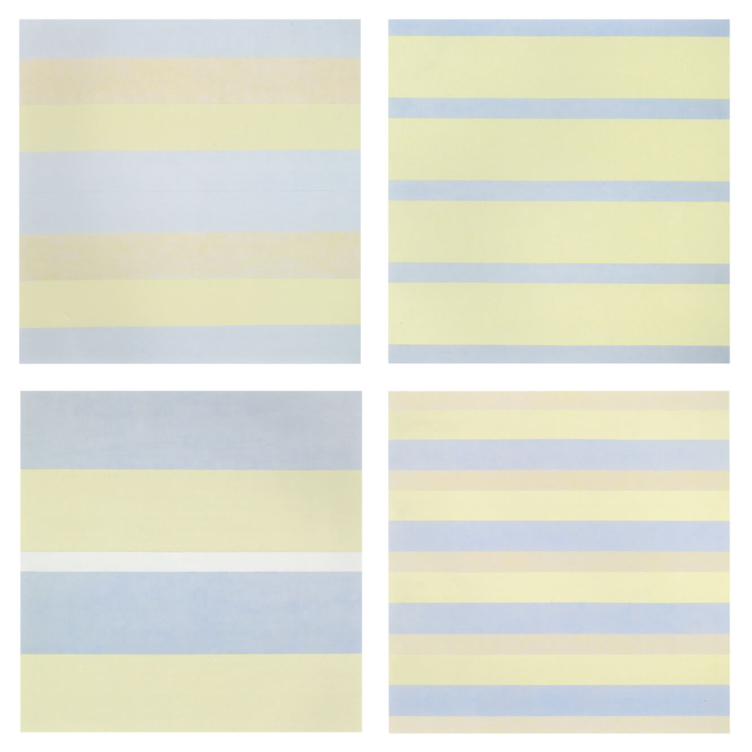 Paintings after emotional states
Paintings after emotional states
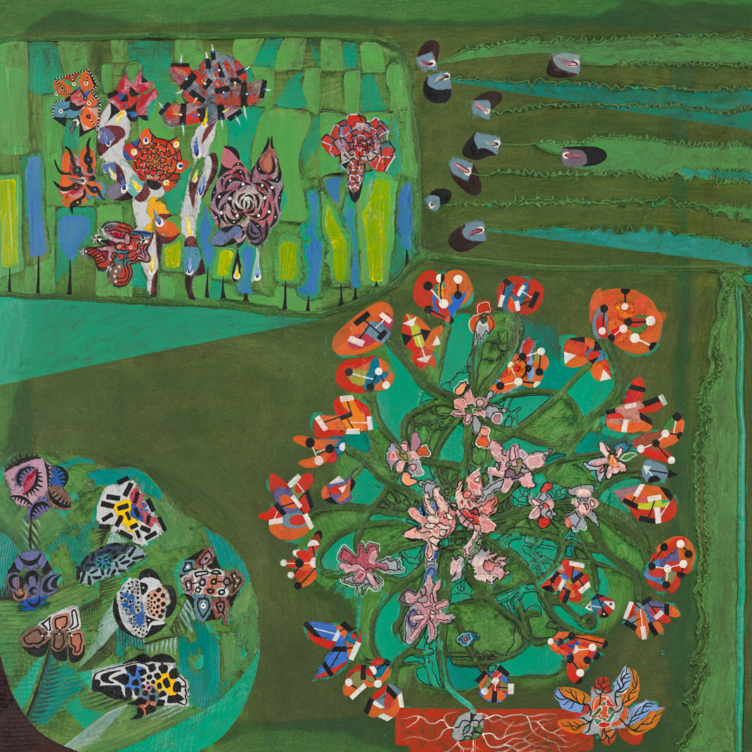 Garden of Delight
Garden of Delight
 Stitching the Archives
Stitching the Archives
 A Working-Class Hero
A Working-Class Hero
 Imagining Entangled Futures
Imagining Entangled Futures
 Bridging Far and Near
Bridging Far and Near
 Soft Power
Soft Power